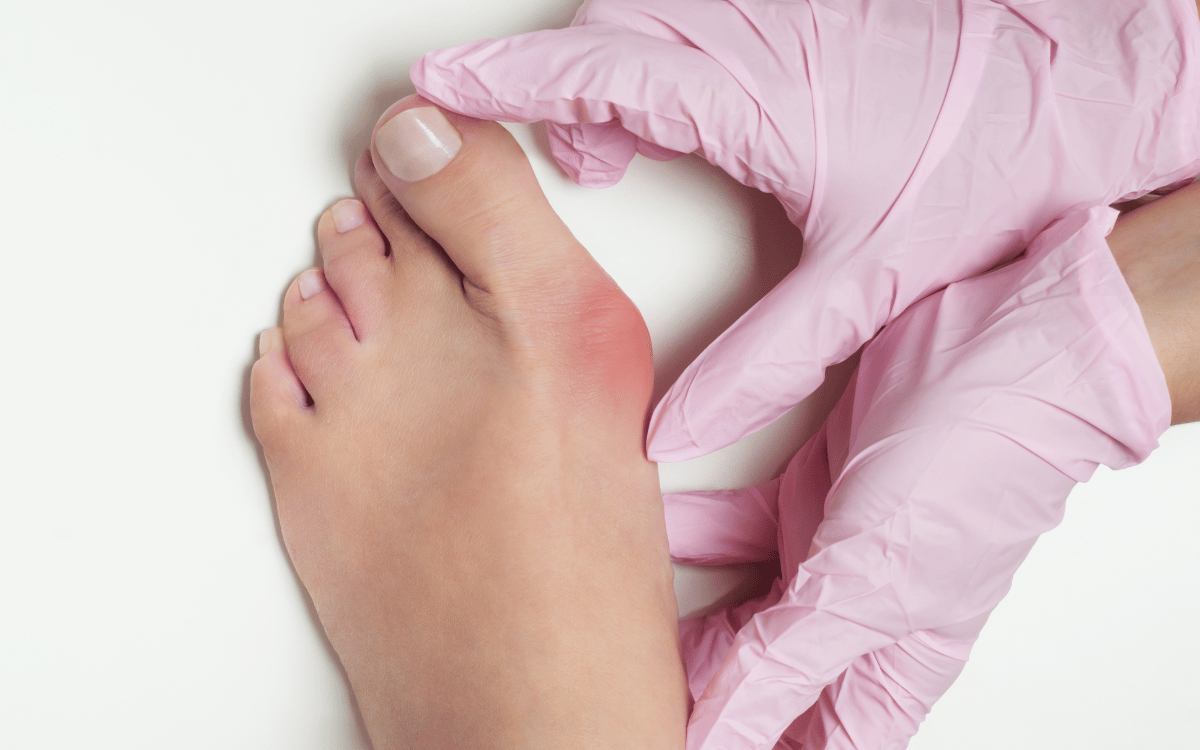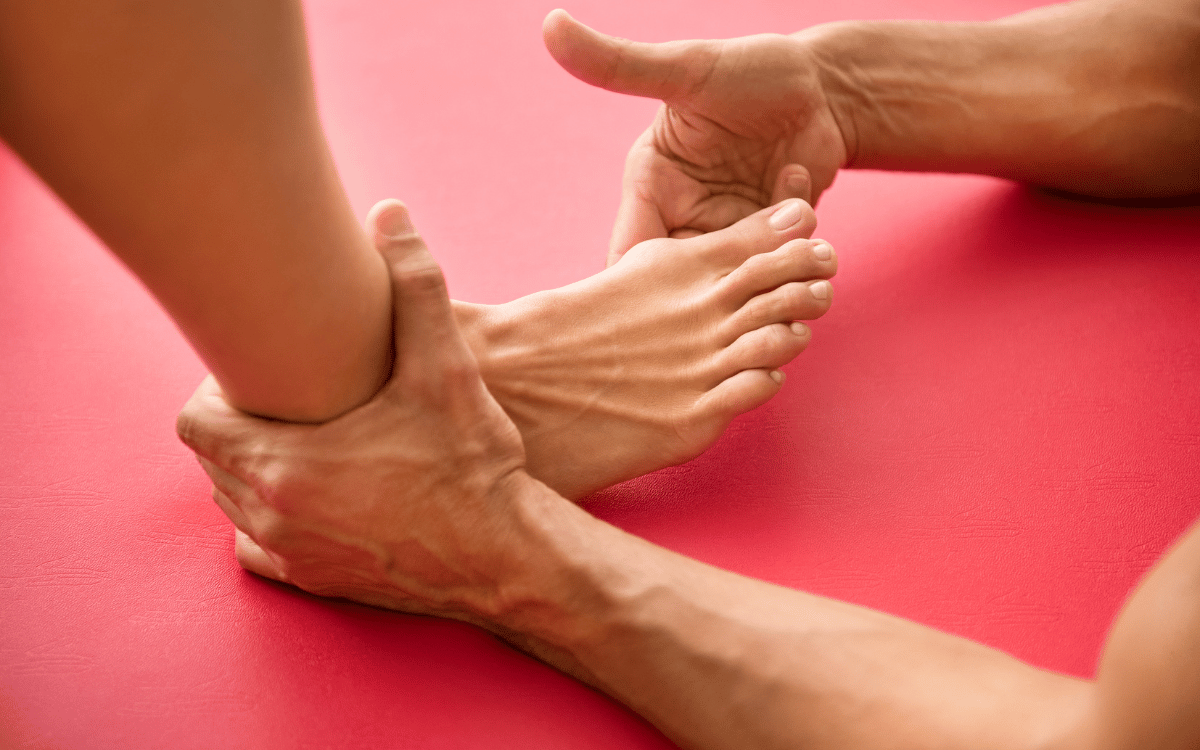Do you get pain in your heel in the morning, pain in your arch which is stopping you exercising, can’t wear the shoes you love? If you suffer with plantar fasciitis or heel spurs, make sure you watch this video for our top tips on how to fix your heel pain forever, because unfortunately it won’t fix itself.
Heel pain is due to a condition called plantar fasciitis, or sometimes also referred to as heel spur syndrome. This is caused by micro-tears at the origin of the plantar fascia, which starts at the base of your heel and is a very important structure in keeping your foot together. Typically plantar fasciitis or heel spur sufferers feel discomfort at the base of the heel, but the tenderness can occur all the way along the arch structure. There are a couple of factors that affect plantar fasciitis. Muscular tightness somebody’s biomechanics are the two main factors. We’re going to talk to you about how you can address your tight body structures today and give you some great tools to address this.
When we talk about biomechanics we are talking about the alignment of somebody’s body and how this affects their walking and standing posture. In most cases of plantar fasciitis, calf muscles have an enormous impact on the plantar fascia and, as a result, heavily affect the pain associated with this condition. Today I’m going to show you two exercises that will help to relieve this pain and loosen your calf muscles.
How to do this exercise. Find a wall and place your hands on it. Place one foot in front of the other so that the toes are pointing in the same direction and the feel are parallel. For the first stretch, bend the front knee and keep the back knee straight. Hold for 30 seconds. For the second stretch, bend both knees. Hold the stretch for 30 seconds. Repeat on the opposite leg. You should perform this stretch three times daily, both legs for three weeks.
We have a great exercise for people to try at home which will help strengthen the arches of people’s feet. This exercise is called a toe crunch. Stand with your feet hip width apart. Roll your ankles out so that your weight is on the outside of your foot and your big toe is off the ground. Curl your toes like you’re making a fist with them. Hold for three seconds. Do ten times, do it once a day.
Both of these exercises are good to do in the shower or while you’re cleaning your teeth. Due to the fact that we specialise in foot mobilisation therapy, we can correct the underlying issues intrinsically without having to rely on a device such as an orthotic. The advantage of this is that women have options when it comes to footwear. Our patients can wear anything from ballet flats to heels. The great thing about this them is that we don’t have to limit activity or footwear. In fact, we are acutely aware that people come to see us so that they don’t have any limits placed on either.
I strongly suggest that if you do have any plantar fasciitis or heel spur symptoms longer than three weeks, it is vital that you get assessed to avoid the problem worsening, and despite popular belief, plantar fasciitis doesn’t fix itself. The longer you leave this condition the more it will limit the positive outcomes, thus affecting your quality of life. For the next month we are offering free assessments worth 100 dollars to people with heel pain or plantar fasciitis so that we can address those underlying causes. Positions are limited, so call us on 8966-9300 or email at [email protected] so we can help you live free from foot pain.



